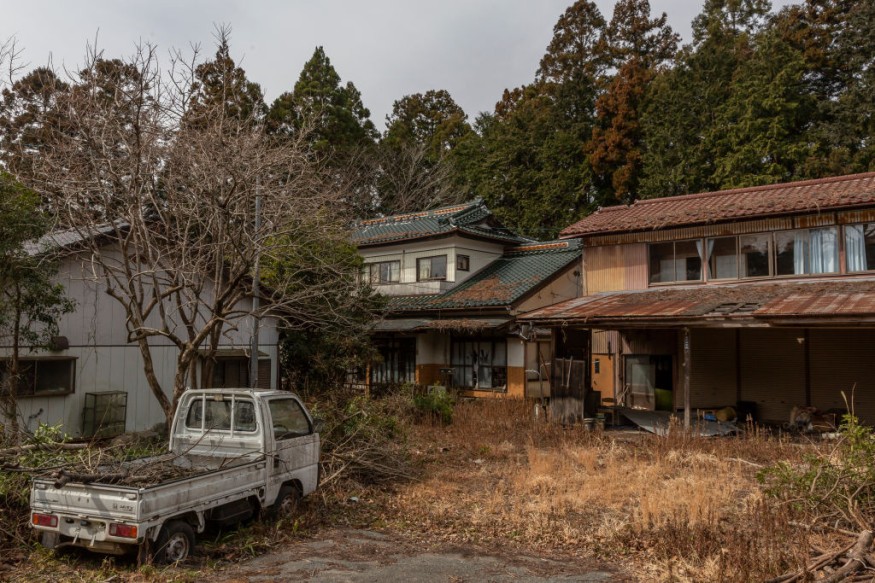
Foreign buyers have been buying "akiya" homes in Japan due to the housing shortage and high home prices in their countries.
Where other parts of the world are struggling with a lack of inventory in their housing market, Japan had over 9 million "akiyas" or abandoned houses as of 2023. This accounts for nearly 14% of all residential properties in the country.
Some of the akiyas are getting sold for less than $10,000, according to government data. The abandoned homes are scattered throughout the country both in rural areas and metropolitan cities.
Potential Pitfalls for Foreign Buyers
The low prices and the abundance of choices of akiyas in Japan are attracting foreign buyers, including those looking for second homes or those hoping to invest on a vacation property.
"I lived in New York for about two years, and then I was basically all over Europe ...There's no way that I could buy a house in any of these places that I've ever lived in," Anton Wormann, a real estate investor, told CNBC.
That said, experts are warning about the potential pitfalls of investing in akiyas. For instance, Wormann had to shell out $110,000 to purchase and renovate the property. He also had to put in the effort to acquaint himself with the local culture and the people to be able to successfully rent out the property short term.
Other experts who spoke to the outlet also echoed Wormann's advice and noted that akiyas may not be the best option for investors hoping for quick or large returns. This is largely due to limited resale potential and the high cost of renovations.
Why Are There Plenty of Akiyas in Japan?
The increase in abandoned properties in Japan is caused by several factors. First, the country's population has been decreasing significantly. As of 2023, the birth rate was 1.3 children per woman. The country needs 2.1 children per woman to maintain its population stability, per CNN.
In addition, many younger generations are moving from rural areas to urban centers where there are better opportunities. This means they are also leaving behind inherited homes, which eventually go into disrepair.
© 2025 Realty Today All rights reserved. Do not reproduce without permission.



